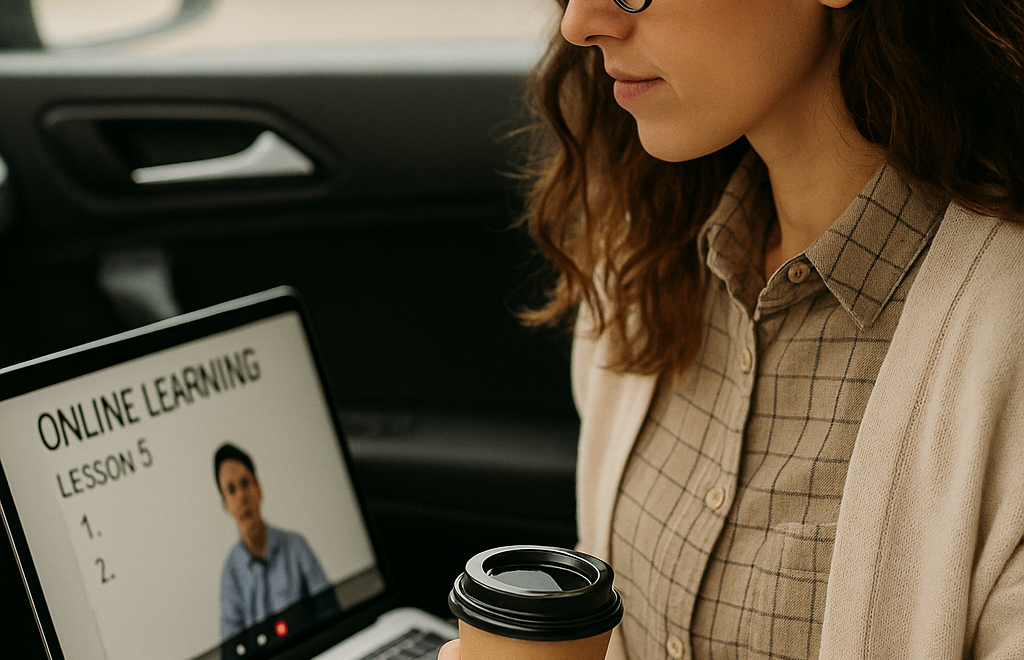
Before I taught online, I was convinced my greatest strength as a teacher lay in building rapport face-to-face — sharing energy, reading expressions, motivating students with a smile or a gesture. When the pandemic arrived, I worried that this spark would vanish behind a screen.
What I discovered surprised me: connection doesn’t vanish online, it simply changes shape. With the right methods, it’s just as possible to engage, inspire, and connect virtually as it is in the classroom.
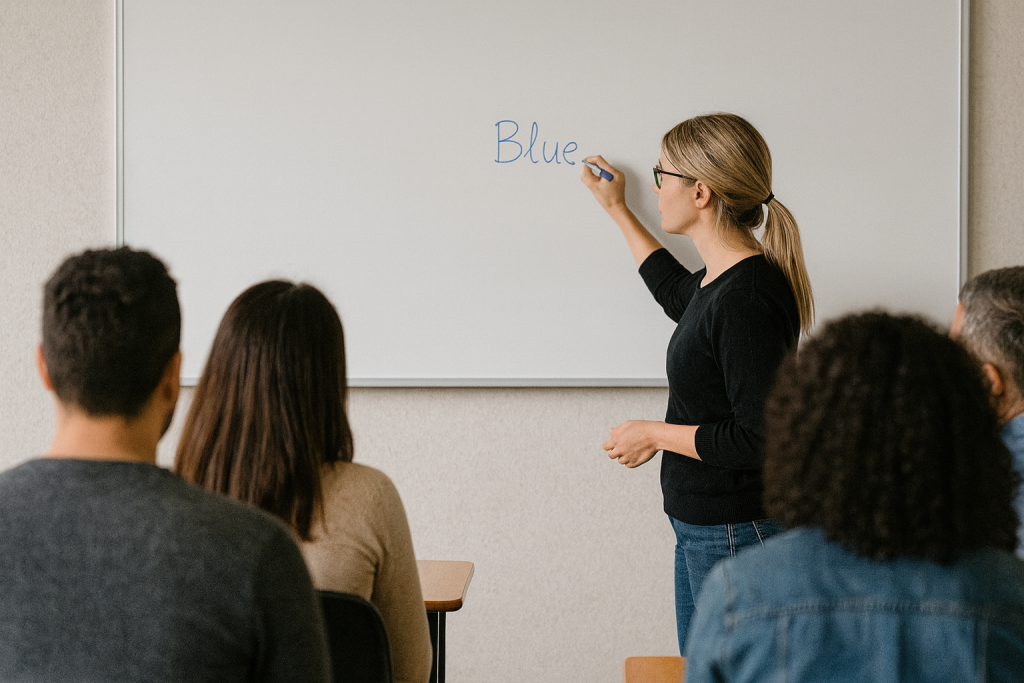
From Chalkboards to Screens
When I first began teaching, the classroom was everything. The greetings and saludos from students of different nationalities, each with their own personalities. The murmur of side conversations before class began. The shared laughter when something went wrong on the whiteboard. All of it created a living atmosphere. Teaching was never just about the lesson plan; it was about the energy in the room and the support students gave each other, which counts for so much.
So when my work shifted online, I imagined silence. Blank screens. Students drifting away, unmotivated. How could rapport — that fragile, human bond that fuels learning — possibly survive through pixels and patchy internet?
But necessity is a good teacher. The pandemic left no choice but to adapt. And I quickly discovered that connection online is different — but not absent.
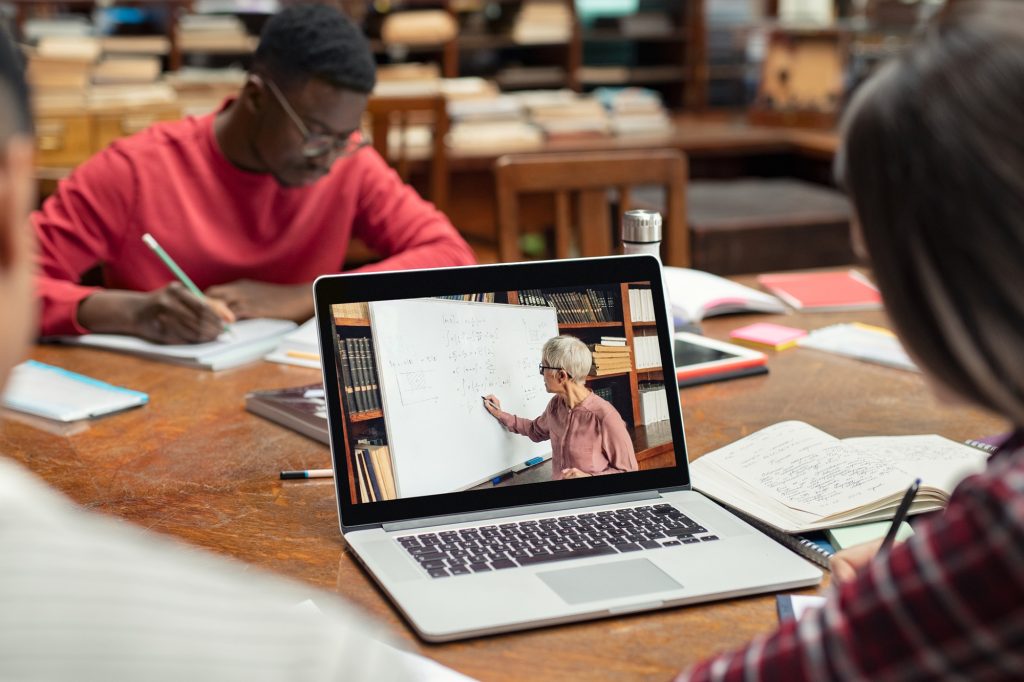
The Surprising Strengths of Online Learning
Online classes brought unexpected benefits. Students who were shy in person often blossomed behind the safety of a keyboard — and UNESCO’s Ensuring Effective Distance Learning guidance suggests digital environments can provide new ways for learners to engage. Breakout rooms created focused spaces for small-group conversation. Chat boxes gave voice to those who struggled to speak up in class.
Flexibility also became a gift. Parents joined lessons while caring for children. University students tuned in from buses or lunch breaks. A lesson that might have been inaccessible in person became possible online. For learners with busy timetables or long commutes, online classes opened doors.
And for me? I discovered new ways to motivate. Emojis became applause, polls sparked debate, and creative digital tools kept lessons lively. It wasn’t the same as a classroom, but it was no less real.

The Enduring Magic of Face-to-Face
Of course, there are things online teaching cannot replicate. The way a room hums when discussion takes off. The subtleties of eye contact and body language. The unplanned moments — a joke, a question, a sigh of recognition when understanding finally lands. Always a true eureka moment.
Face-to-face teaching builds community in a way no screen quite captures. The classroom is a shared space, a place where students and teachers build trust and go on a journey. Together.
What Both Have in Common
What both styles have taught me is this: rapport doesn’t come from furniture or platforms. It comes from presence. From showing students you see them, you hear them, and you care about their learning.
In person, that might mean catching someone’s eye and encouraging them to speak. Online, it might mean noticing who hasn’t typed in the chat and gently drawing them in. Different methods, same goal: connection.
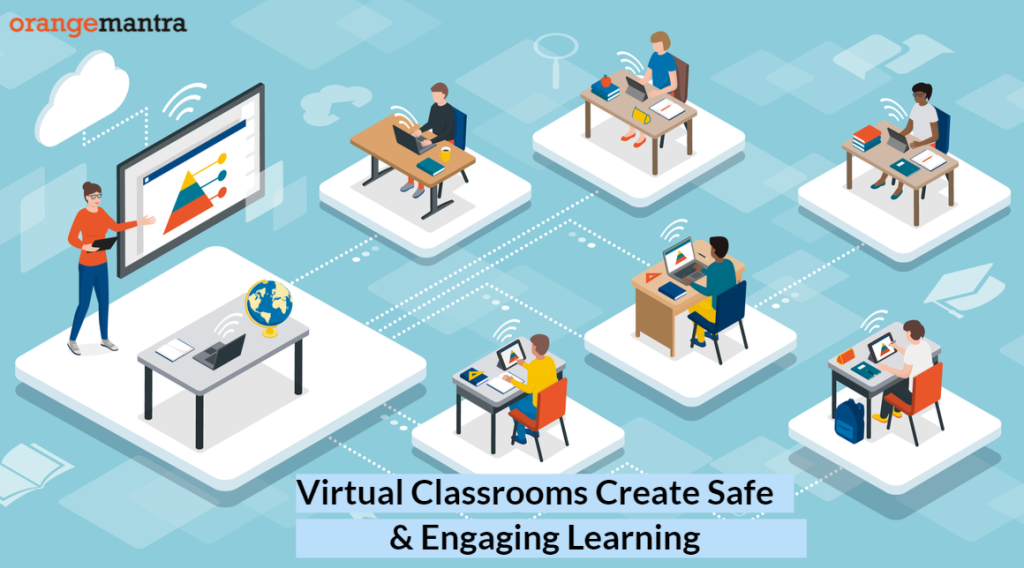
Teaching as Adaptation
Teaching, I’ve learnt, is less about the tools and more about adaptability. Good teaching is not fixed to one space. It bends, stretches, and reshapes itself to meet students where they are — in a classroom, on a laptop, or somewhere in between. According to OECD’s How Learning Continued during the COVID-19 Pandemic report, educators worldwide rapidly transformed their methods to sustain learning under crisis conditions — proof that adaptability is at the very heart of the profession.
This realisation has been freeing. I no longer see online as a lesser version of ‘real’ teaching. Nor do I see classrooms as the only place where true learning happens. Both styles hold value, and both are here to stay.
A Question for You
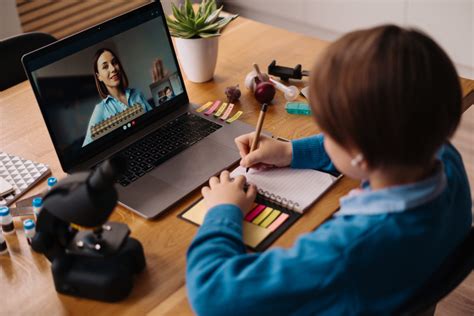
For me, teaching online has been a revelation: proof that connection can cross even the thinnest of digital wires. But it hasn’t replaced the magic of a classroom, and I wouldn’t want it to.
Both forms have their own strengths. In person fosters community and atmosphere; online offers flexibility and reach. In the end, both can be equally effective — in different ways.
Which do you prefer: online or face-to-face?



